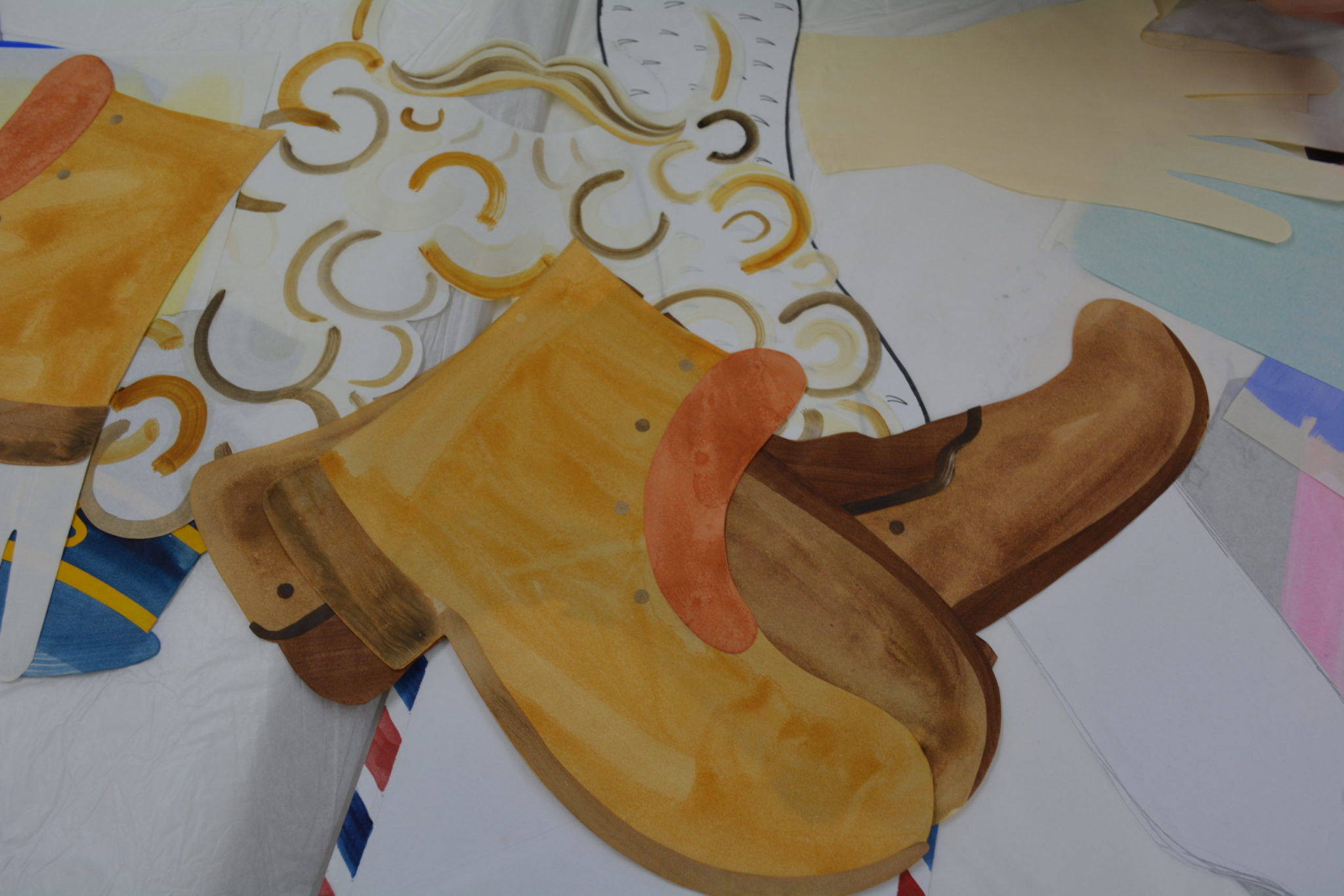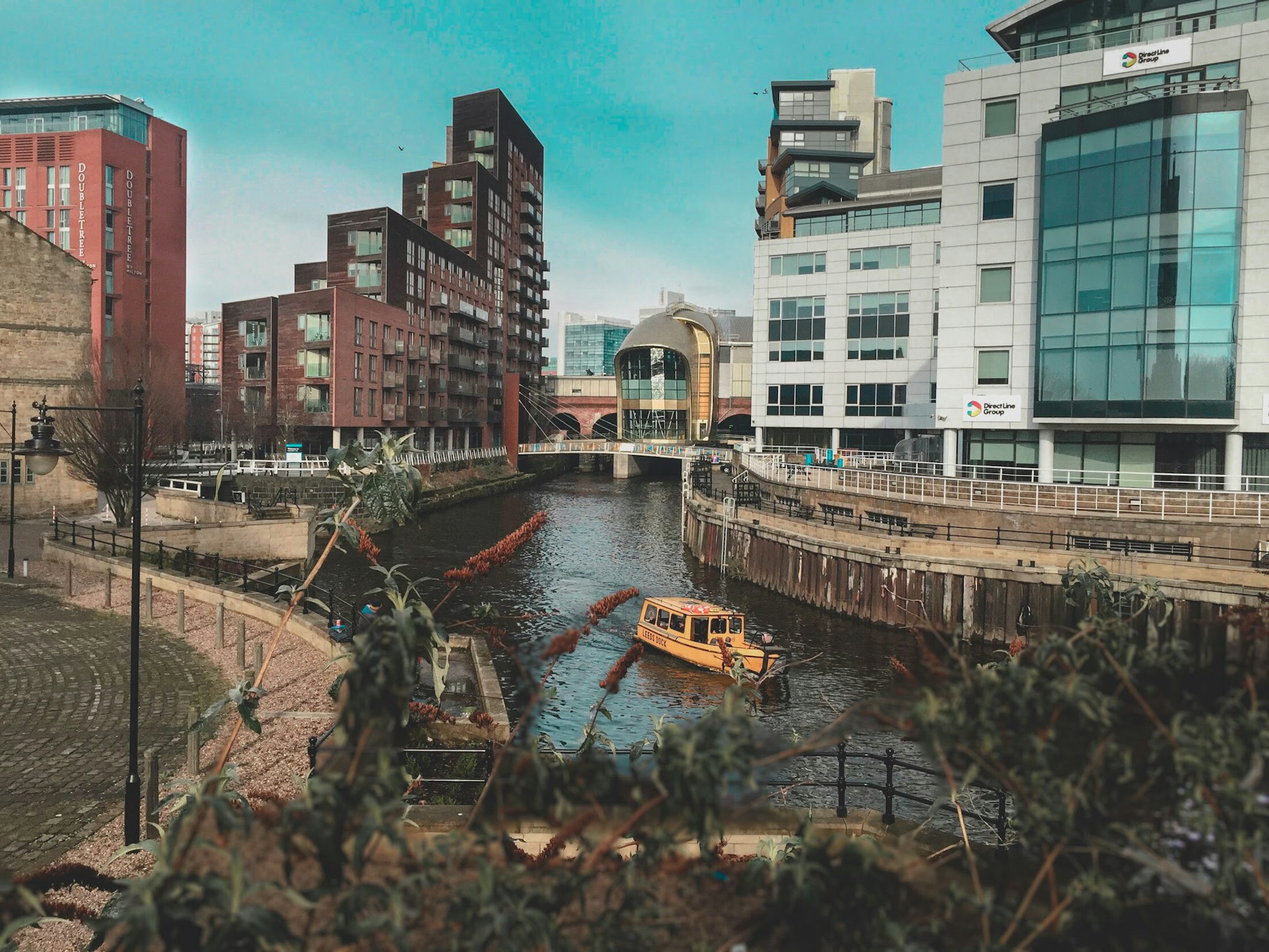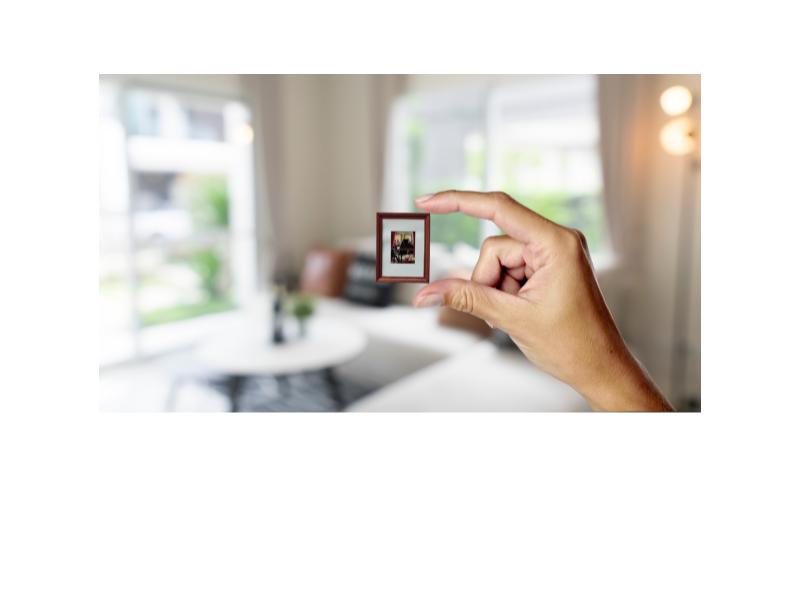By Zoë Goetzmann (@byzoesera)
Interview with Phillip Reeves – Spotlight on Artistry
In this week’s edition of Cosimo Studio Tours, we headed to Bethnal Green to visit artist Phillip Reeves (@phillipreeves_).
Reeves holds a BA in Fine Art Printmaking and Painting from London Metropolitan University. He also holds an MA in Fine Art from Goldsmiths.
In this interview, we speak in-depth about his ‘Paper Clothes’ series. The series combines the art of clothing with the art of clothing-making. Inspired by the concept of uniforms, Reeves creates ‘paper clothes’ via oil painting and dress-makers’ paper. His works draw on Colour Field Theory and the Colour Field Movement.
When creating his ‘paper clothes’ designs, Reeves draws inspiration from artists such as Joseph Albers and Agnes Martin for their uses of colour, line, and form. He also shares some amazing, (juicy even) behind-the-scenes anecdotes about the art world, auction houses, and his life as a painter in our podcast interview.
Reeves has participated in residencies, and solo and group exhibitions in London and New York (he was also an Artist in Residence at the Embassy of Foreign Artists in Geneva). Most recently, he took part in a group residency show at 13 Soho Square for The Earth Vision Charity Exhibition.
He has been nominated for The Jealous Gallery Art Prize, shortlisted for The Dentons Art Prize in 2017 (Curated by Niamh White), and received the Husk Studio Residency Aware in 2018-2019.
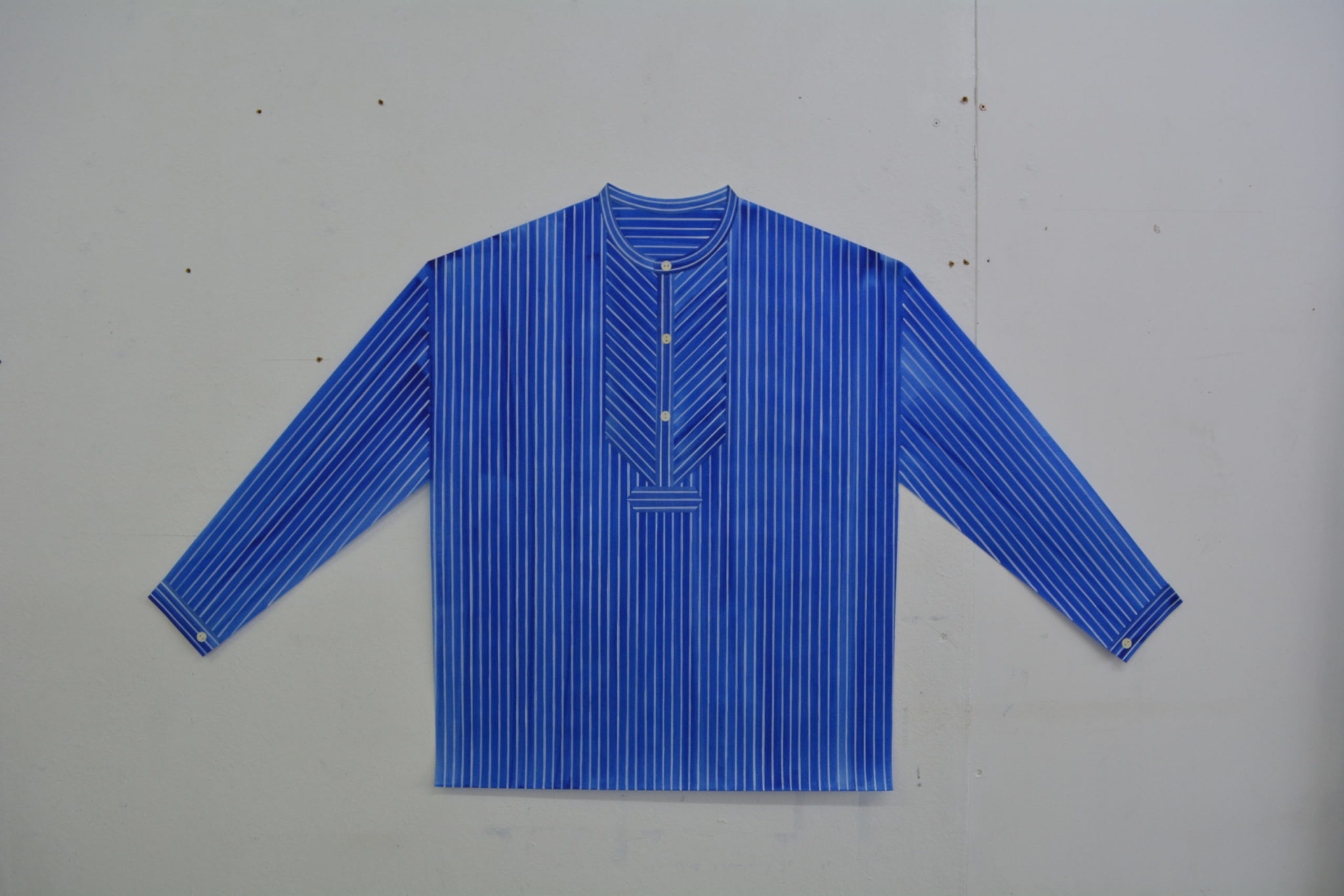
Zoë: Hello everyone. I’m here sitting with artist Phillip Reeves in his studio near Bethnal Green. Thanks so much, Phillip, for being here.
We’re going to dive into some questions. I like to start out every interview with what I call an “Artist’s Story.”
Could you tell me a little bit about your artist story and how you became an artist and chose this career path?
Phillip: I guess I realized I had an affinity for art when I was quite young. When we had ‘wet break’ at school, it was raining so we couldn’t go outside and play.
I used to get a queue of other children formed up in front of a desk and I’d make drawings of owls. I enjoyed the attention this created, as none of the children could quite draw an owl as well as me [or as I could draw an owl].
I realized there was some kind of currency in this: it was a bit like showing off, and I quite enjoyed it. So, I guess from age six in wet playtime [is when I discovered my passion for Art and for being an artist].
Zoë: I like [that] very specific artist story because most people say [or answer], “I’ve always creative,” but I like that you had this very specific moment.
Phillip: Yeah, it was a watershed moment for me, being able to show off but not getting into trouble for it.
So, it was something in my head, [that] perhaps, ‘clicked.’ And then I liked that I could, in some ways, please people without getting into trouble – which I think is a fine line – which I think one should dally sometimes.
Zoë: So, your currency was your talent: it [Art and being an artist] became your niche.
Phillip: Exactly! So, drawing birds like kingfishers and owls, making paper airplanes. I was really good at making paper airplanes.
So, these two things I could do very, very well. [But] I guess there wasn’t a career in making paper airplanes.
Zoë: Well, we’ll get to your practice later [when we discuss your ‘Paper Clothes’ series]
Then from six years old, how did the rest of your artistic career continue and transpire after that?
Phillip Reeves: Well going through school, art was the only subject I really kind of tried at or did the homework for. Then when I came to choose [my] A-level subjects – [as] we call them in the UK – I kind of flunked a few, and Art was the only one I aced.
I’ve always believed that people should do what they’re good at, if they can. I think it’s a shame to have a talent and tamp it down.
Also, I’m quite stubborn. So, it was kind of art or nothing after that.
Zoë: Can you say where did you do your training?
Phillip Reeves: I did a year and a half Foundation at Reading College – which was really fun – and then I did three years at London Met doing painting and printmaking.
I left my BA and moved to a squat in East London and Hackney Wick for years. We had a studio program, an art gallery, and a lot of squat parties.
So, this was kind of my lifestyle for three or four years, just squatting and making art and making a mess. [Then] that [period of my life and career] ended and I moved to New York for a while, came back, went to Goldsmith’s – did an MA there.
Then more recently, I did a studio program at Turps in Elephant and Castle run by Marcus Harvey, and I finished that last year. So, I’ve kind of done bits and pieces of education, and here I am today.
Zoë: In your studio! But you’ve had two studios, right? Because you’ve done a couple of other residencies.
Phillip Reeves: That’s right. We met at a show in Soho which I’ve just finished. The show is still on, but the residency programme is finished.
So, that was a really nice building in Soho Square. Quite a fancy place to have a studio, but sadly, that has come to an end. So, I’m back in my freezing cold garret in Bethnal Green.
Zoë: What about art school? You said it was ‘art or nothing’… Was there a reason why you wanted that formal education?
Phillip Reeves: Yeah, in some ways times have changed, but when I was 18, an affordable way to leave home was to go and study.
The fees weren’t anything like they are today, and there were government loans. It was £3,000 a year at the time, rather than I don’t know what now, but they are at least triple that. I know to do an MA at the Royal College at the moment, it’s £16,000 per year.
In a way, a lot of people in my generation did BA’s, just because it was the thing you did to leave home. You could have a nice time for three years, and the government would kind of pay for you. So, it was in a way, a rite of passage.
I’m not sure if it is so much nowadays. But in terms of the formal training, you speak about, you don’t really get that at art school in the UK. It’s quite critical study-based, theory-based, and conceptual-based.
You’re not going to get a life drawing lesson or a lesson in mixing colors or this kind of formal painting techniques.
So yeah, it was more a means to an end in terms of being able to move away, being able to go to London, which I always wanted to do. So perhaps it was more that than wanting formal art training.
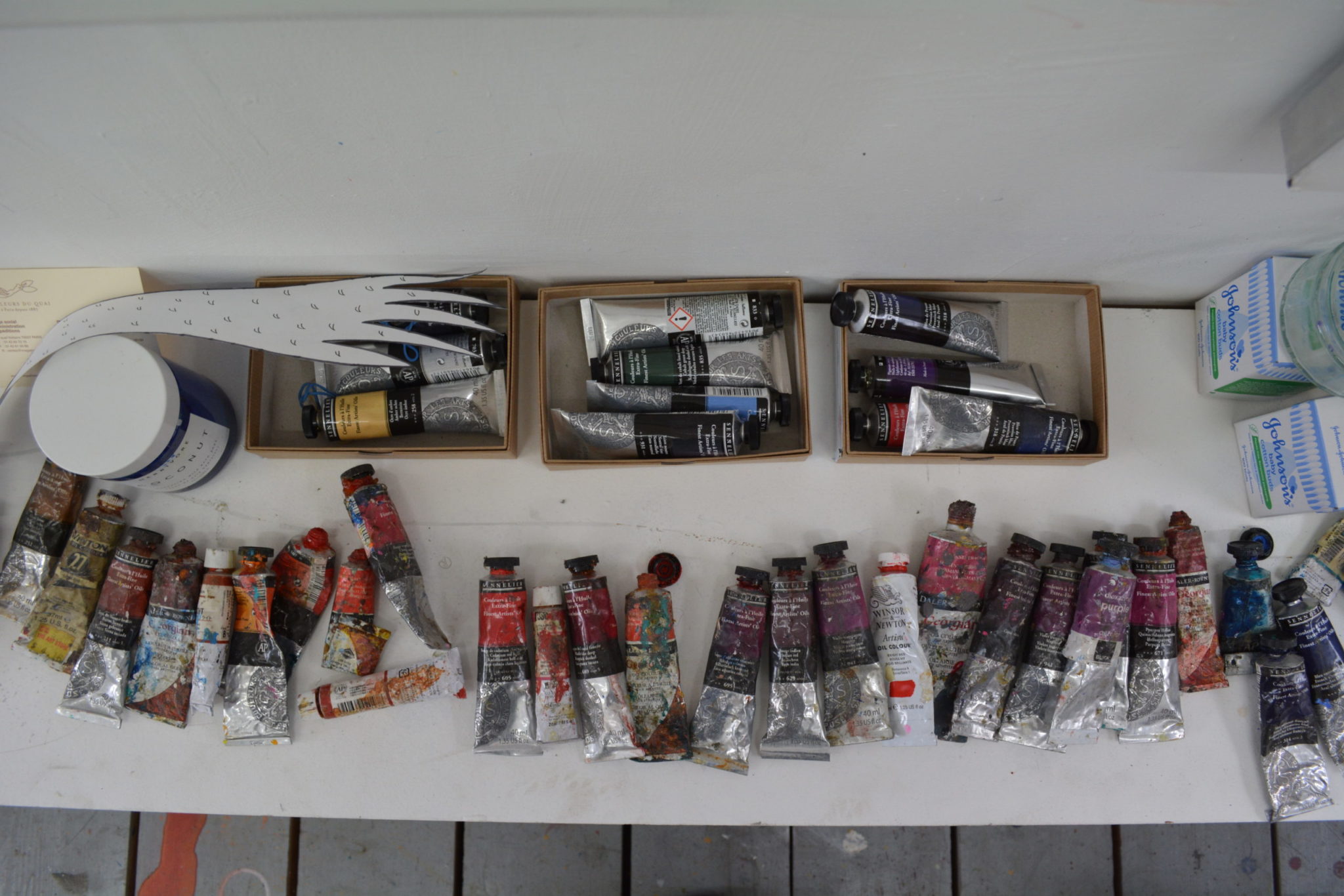
Zoë: So, going into your practice… what do you work on now [or worked on previously]? At art school, what were you most fascinated by? Can you delve into what your current practice looks like today?
Phillip Reeves: I’m gonna say that I can’t remember much [about] my BA… but my MA, I can, thankfully. So, at Goldsmiths, we did an MFA in Fine Art.
We split the year [working] in sculpture, painting, printmaking, photography. So actually going in there as a painter was useless. But what was really good about it was I was able to learn about all kinds of theory that wasn’t involved in painting […]
So, it was a very broad education. And we looked at all kinds of topical concerns at the time. So [it was during] that 2015-2018, we did [studied the idea of] ‘Fake News…,’ all kinds of stuff around the Trump election and all these kinds of things that were very topical. Which I wouldn’t have got if I went to a painting school.
So that was good. But I did feel that my quench for painting was unslaked. So, I did then enroll in Turps afterwards, which is a painting school […]
So, I mean, what was I making? I was making figurative works based on costumes. It’s kind of been a theme for my kind of practice for a number of years now.
Zoë: I’m looking at two of them [your ‘Paper Clothes’ works] right now! Tell us about your current practice.
Phillip: I’ve been a figurative painter for about 15 years now.
I gradually realized I was becoming less and less interested in the actual kind of figure itself, the person and the flesh, if you like, and I was getting far more interested in the clothes they were wearing, and what they could signify.
So, uniforms in the workplace – hierarchies of uniforms, things that denote rank or denote importance, and I quite like subverting these ideas or kind of poking fun at them… antiquated ideas of uniforms and what they mean in society.
So, I kind of removed the flesh to look to the costume itself. And I was painting costumes on a traditional format of, you know, ‘square a rectangle’ on stretcher bars – like a canvas or a sheet of aluminum. [However], I felt this [practice] still kind of felt insincere.
I wanted to really break the clothing shapes away from the confines of the canvas. So, I started thinking about other ways to present clothing and uniforms.
[One day], I was stood one day on Savile Row and I was looking down at the tailors with all their tailor tools, you know, leather-cutting tools, dress-makers cloths, dress-makers papers, special rulers for cutting curves [etc.] and I thought: “I’d love to have a go at that.”
My mum’s side of the family has a history of being tailors in Central London. I thought it was something I could explore in light of that as well.
So, I started making work out of dressmaker’s paper.
Zoë: Could you describe dressmaker’s paper for people who don’t know what it is?
Phillip: Often it has dots, or grids, or scores on it, and essentially, it’s a way of tracing a design over and over again for [a] single garment.
There’s a really great haberdashers in town (I don’t think I should do this interview without saying haberdashers… it’s one of my favourite words to say) you can buy a plain version of dressmaker’s paper without the squares or dots.
So I did a lot of testing with it and found this one was the best [medium] for holding oil paint. So, they’re quite fragile works, very delicate, but they were initially an easy and quick way of making artwork.
[However], the more time I spent with them the more detailed they [became]. Now, sometimes, [it can] take me months to finish a piece.
In the show, you saw, there was a piece I made using concrete stain as well – so the idea was to make Brutalist clothing using [this] concrete stain.
So, there’s a concept to the materiality of them as well – using the dressmaker’s paper to make clothes and then concrete to make brutalist, plain clothing.
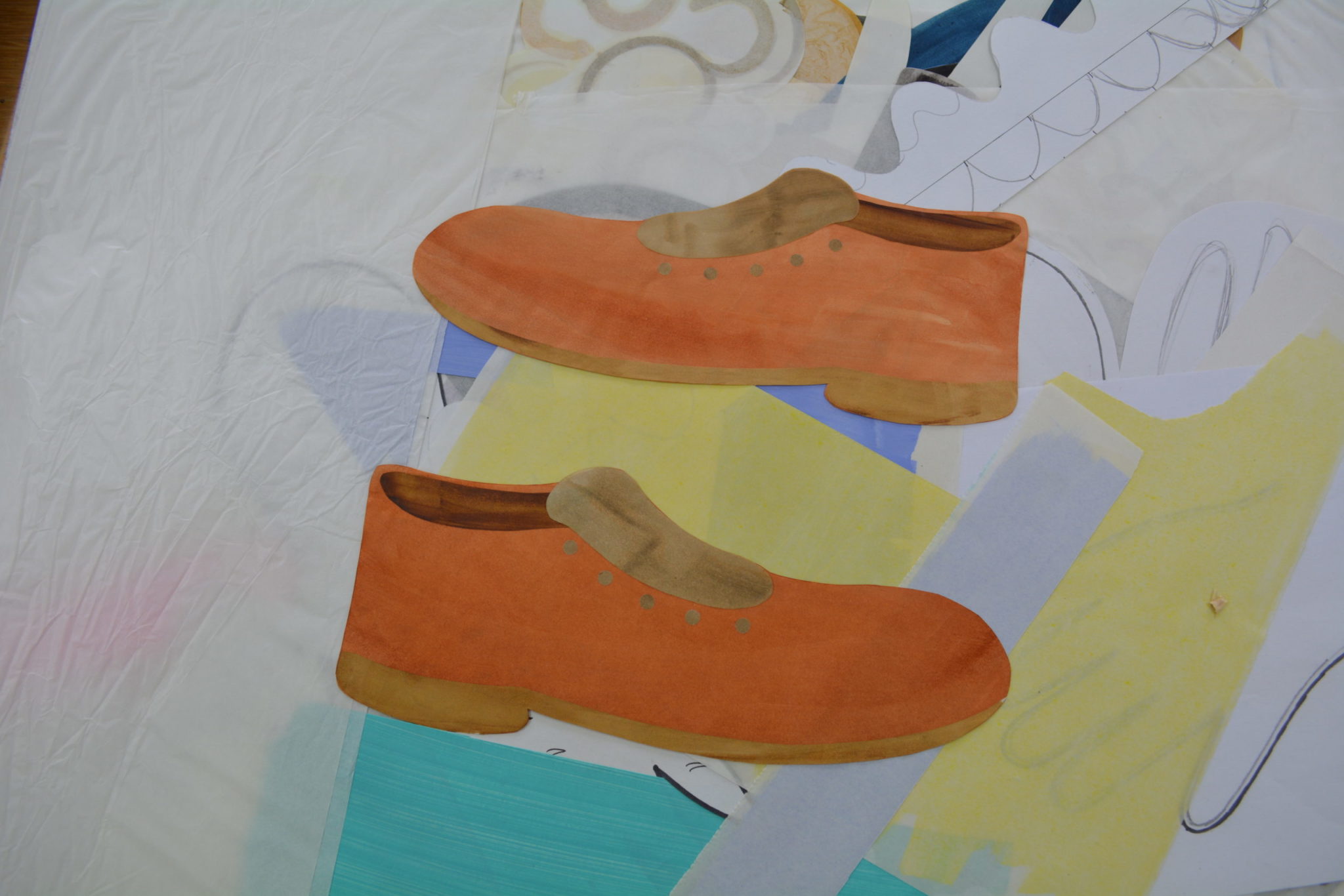
Zoë: Clothing is an expression of the self, isn’t it? And that’s why I like this project and this idea.
Also, what’s interesting is with the time and process it takes you to make something – like this shirt that I’m looking at right now. – it’s quite detailed, so there’s an art to clothing [and designing and clothing-making].
And behind every piece of clothing, just like art, there’s a story – so for this one, for example, why did you choose that specific shirt?
Phillip: This is actually a self-portrait because I own this shirt – it’s a carpenter’s shirt from the 70’s. I don’t often make work about myself, or put myself in my work so obviously, but I thought I’d make something that was synonymous with myself and my own style.
It’s something I’ve had since about 2014. I don’t wear it very often. But when I do wear it, people will comment on it. I’m not a very bold or bright dresser.
I normally dress like a Victorian street urchin. But so, this is a blue striped shirt. It’s not particularly loud, but it gets attention.
I own two of them, but occasionally they come up in vintage shops or online and I’ll buy them, and a couple of my friends now have them, and so it’s something I can pass on [to] somebody.
[But] it seemed like the right thing to make if I was gonna make something on [or of] my own. I’ve also made football shirts; I’ve made sportswear and all sorts of different garbs.
Zoë: What I like about this is it does have this weight and the pattern says so much about the history behind it, about what decades it’s from…
Phillip: I also think it really reminds me of Joseph Albers and Agnes Martin
Zoë: I see Agnes Martin, because of the linear pattern!
Phillip: Yeah, because while I’m making it, I’m thinking of these ‘big hitters’ in art history, and so it also nods to them as well.
Zoë: Do you have any advice when it comes to ‘being an artist?’ What would be your insight about creating? For you: Is it all just about creating art, or is it exploring your craft? Having fun? [Which] do you get the most joy from?
Phillip: I’ve always tried to create conditions [which] mean I am enjoying my time in the studio.
That’s really important to me. I feel like if it becomes a chore, then that’s when I have to stop.
And obviously, there’s certain parts of doing a painting that can be tedious and boring – that take too long, but the overall experience in the studio has to be fun because it’s how I’m spending a lot of time in my life.
So, yeah, I’d say try and create conditions yourself where you’re doing stuff you want to do because otherwise it just becomes a bit of a folly.
Zoë: When you’re in your studio, do you have any like do you listen to music or do you work in silence? How do you get inspiration?
Phillip: Yeah, I listen to music, or I listen to podcasts or I listen to either twaddle on the radio.

Zoë: How do you get ‘in the zone?’
Phillip: What is that Philip Guston quote? I’ll paraphrase it [badly]… but it’s basically him saying ‘you can’t start making work until all your heroes have left the room.’
So, what he’s trying to say is you can’t think about, all your influences and great painters and art history [when you’re creating an artwork] [you have to ‘get out of your head’ when working on your artwork].
I actually think he’s playing a joke on people [when he says or said this quote]. I think he’s trying to make people think about him as the final person to leave the room (but that’s just my opinion).
But the idea of just kind of closing off, shutting out but… I’m here a lot and I’m here on my own. So, I do. I do kind of like listening to more and more audiobooks, for company really!
But there are times when you know you’re doing something like tidying up or something a bit more physically aggressive, like stretching canvases or throwing stuff about where you do want to listen to the Ramones.
Zoë: As far as when you say artistic greats… Who [or what] have been [some of] your other influences? Do you have any great artistic influences?
Phillip: I mean, I love reading about the kind of ‘downtrodden’ – maybe that’s the wrong word to use – but these like really kind of strong characters. People like [artist] Leonora Carrington: I love reading [about her work]. [I also love] reading her written work.
She wrote some really amazing novels and short stories. [I love reading about this] the era that she lived in and all the weird lives these people led.
There are so many examples of artists who have these amazing histories and lives and yeah, I could reel off so many.
Zoë: I like that, I think Leonora Carrington, she’s now coming back into the art world.
Phillip: Yeah, very topical! Helma af Klimt, as well.
She was really interesting, and into séances and all these ritual things and I love reading about that kind of life, which is so far removed from our [daily life] experience.
Zoë: It’s the escapism too. Thank you so much, Phillip, for being here this has been a really great discussion!
